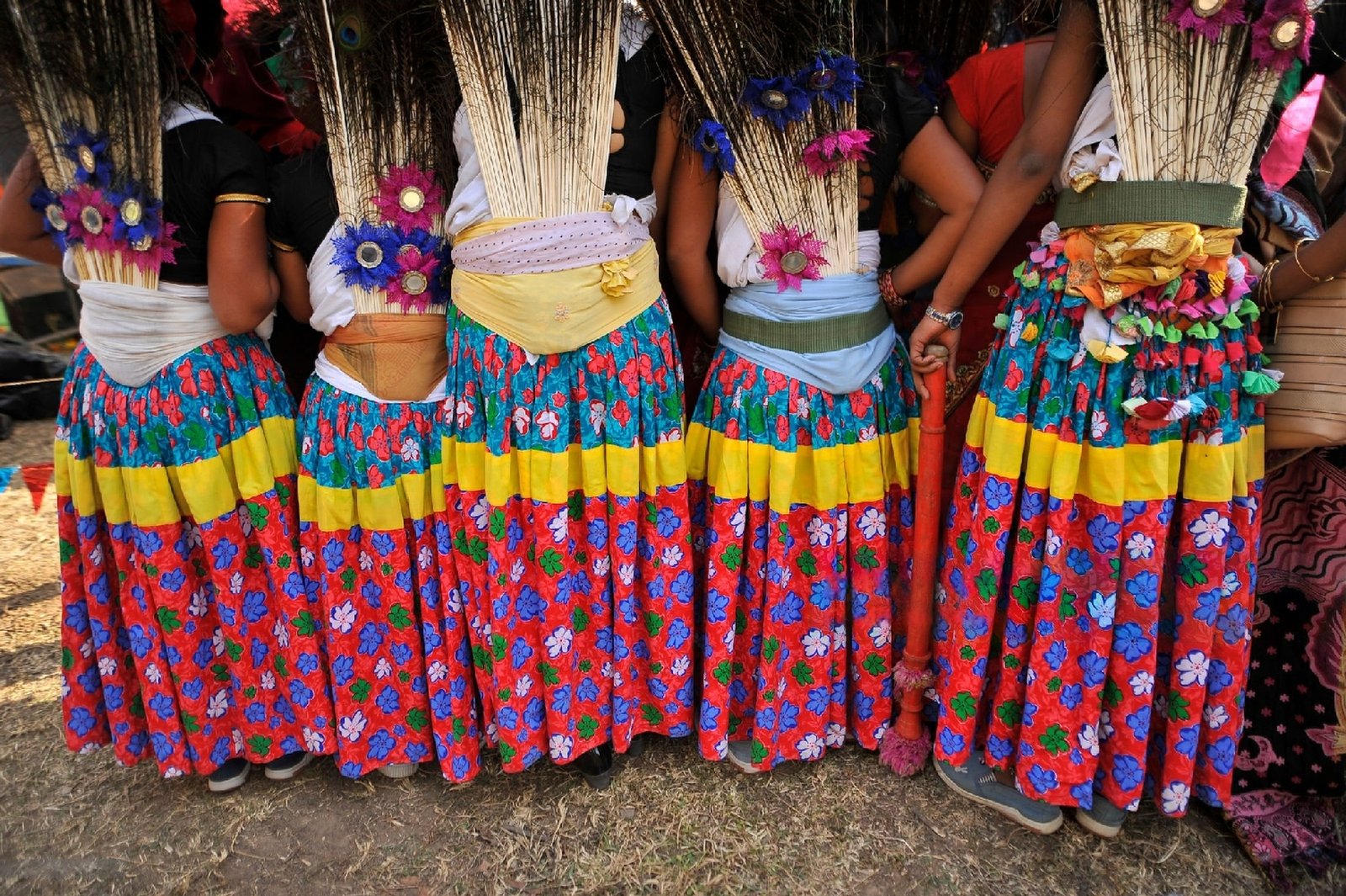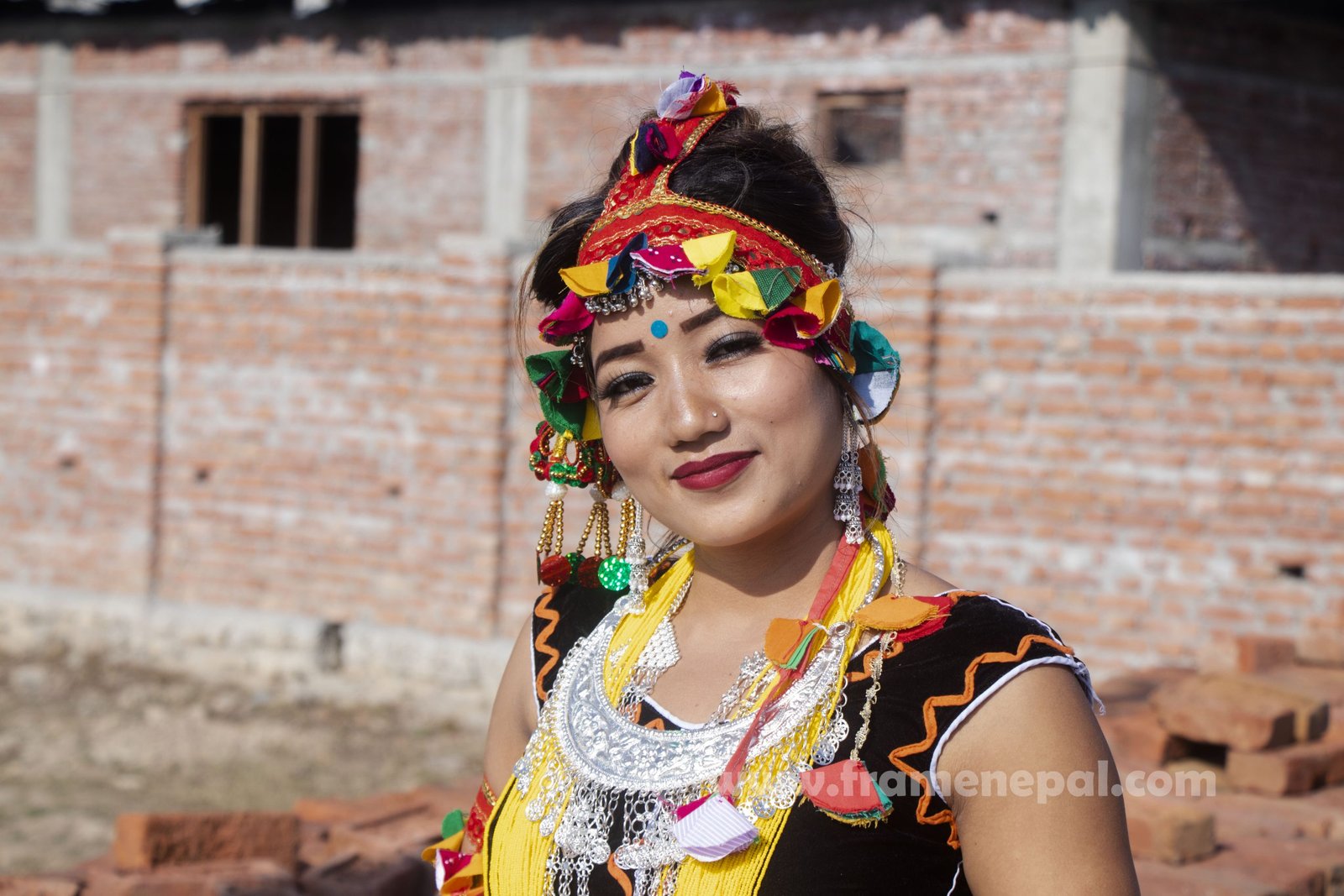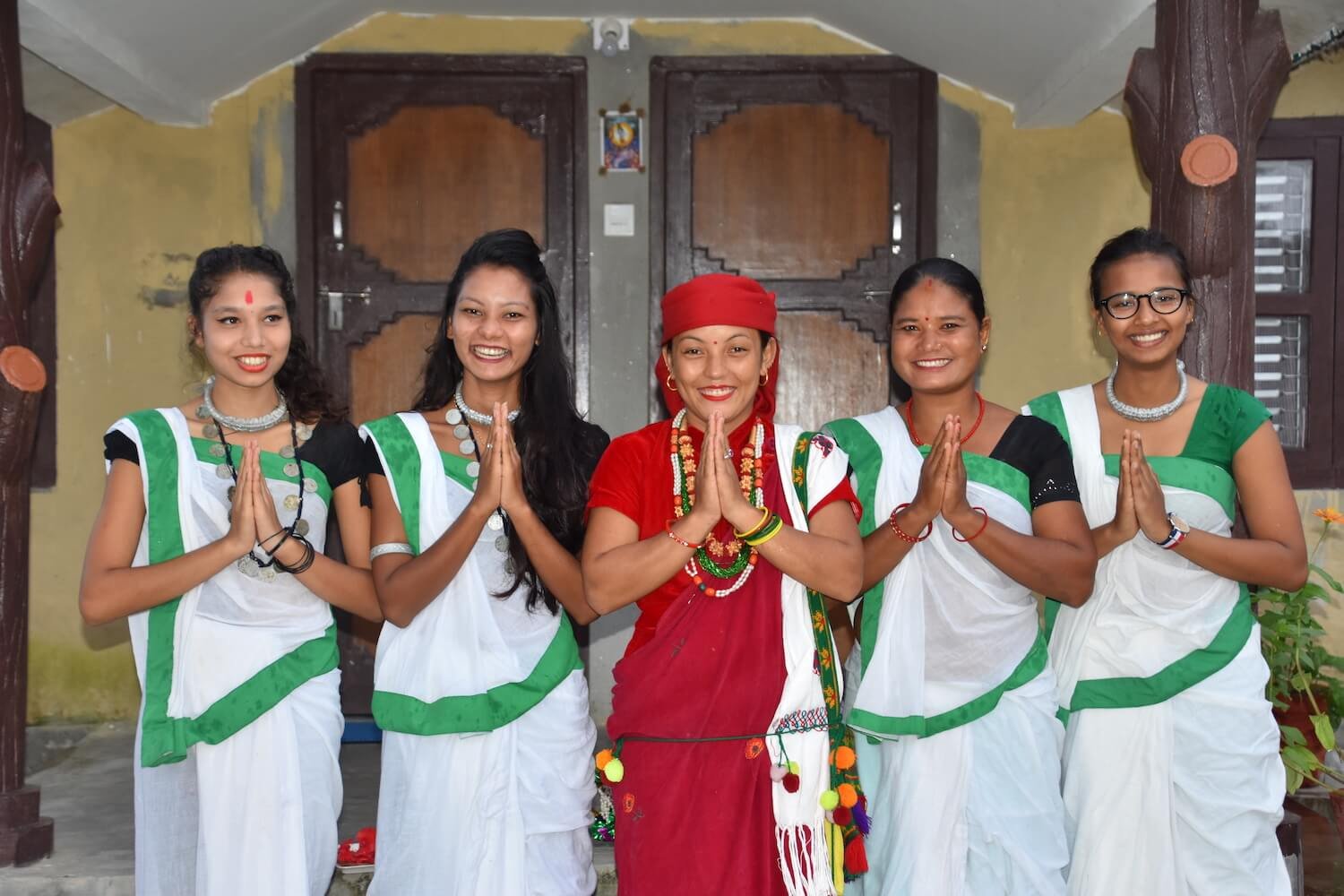An Enchanting Celebration of Tradition: The Rana Tharu Wedding Process
Introduction
Weddings are a universal celebration of love, commitment, and cultural heritage. Among the myriad wedding traditions around the world, the Rana Tharu wedding process stands out as a captivating blend of rituals, customs, and festivities deeply rooted in the community’s rich history. In this article, we embark on a journey to explore the enchanting world of Rana Tharu weddings, from pre-wedding preparations to post-ceremony celebrations, highlighting the significance of each step and the enduring bonds they create.
- Engagement and Pre-Wedding Rituals
The Rana Tharu wedding journey often begins with the engagement ceremony, where families of the bride and groom come together to formalize the union. This event involves the exchange of gifts, blessings, and a promise of commitment. In the days leading up to the wedding, there are several pre-wedding rituals, including:
- Pithi Bhardai: A joyful ceremony where the bride and groom are adorned with turmeric paste by their respective families, symbolizing blessings and good luck.
- Mehendi: Intricate henna designs are applied to the bride’s hands and feet in a gathering of song and dance.
- Swagat Patra: The groom’s family presents the bride’s family with a formal letter of acceptance and request to wed.
- The Wedding Ceremony
The Rana Tharu wedding ceremony is a grand affair, steeped in tradition and spirituality. It is typically held at a temple or a sacred site, where the couple seeks the blessings of deities and ancestors. Key elements of the ceremony include:
- Janti: The groom, adorned in traditional attire, leads a colorful procession to the bride’s home, accompanied by friends and family.
- Pheras: The couple takes seven rounds around the sacred fire, each round symbolizing a vow and a promise for a harmonious life together.
- Kanyadan: The bride’s parents formally offer their daughter’s hand in marriage to the groom, symbolizing a bond of trust and love.
- Mangal Sutra and Sindoor: The groom places a sacred necklace (Mangal Sutra) around the bride’s neck, and applies red vermillion (Sindoor) on her forehead, signifying her marital status.
- Post-Wedding Celebrations
Following the wedding ceremony, a series of celebrations and rituals unfold, marking the beginning of the couple’s new life together:
- Reception: A festive gathering where the couple is celebrated by family and friends, often featuring elaborate decorations, music, and dance performances.
- Bidaai: An emotional moment as the bride bids farewell to her family and begins her journey to her new home.
- Grihapravesh: The bride is welcomed into her new home by the groom’s family, symbolizing her integration into the new household.
Conclusion
The Rana Tharu wedding process is a captivating blend of customs, rituals, and celebrations that pay homage to tradition, spirituality, and the bonds of love and family. It is a testament to the community’s deep-rooted connection with their cultural heritage and the profound significance they place on the union of two souls. Through each step of the wedding journey, the Rana Tharu people weave a vibrant tapestry of unity, joy, and the enduring strength of their traditions.








